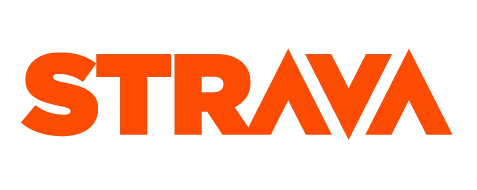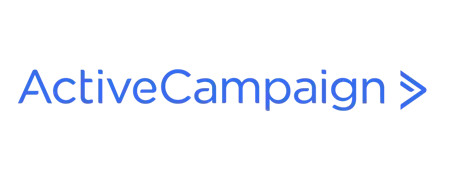It's easy to get caught up in the latest developments in endurance sports science. Every week, there seems to be a new study or method hinting at enhanced athletic performance. However, it's crucial to remember that not all that glitters is gold. We need to think critically about how we apply these scientific discoveries. After all, science is for the most part a continuous process and is never really “settled”. It’s not hard to find two different studies that contradict each other, even when both appear well conducted and reviewed.
A productive way to approach science from a coaching perspective is with interest, but served up with a healthy dose of doubt, and a sprinkle of skepticism.
The Realities of Science Tainted By Industry
Consider the funding behind scientific studies. Often, research that gets financial backing is the kind that draws public interest or has potential for financial gain through existing or new products. This can leave some potentially beneficial areas underexplored simply because there isn’t much motivation for them to be funded.
Lack of Individualized Studies
Moreover, many studies aim to produce findings that are broadly applicable. However, what works in a controlled lab setting doesn’t always translate directly to the unpredictable conditions of real-world training and competition. The complexity of individual athletes' needs can make a one-size-fits-all approach from scientific studies less effective in practice.
The Challenge of Control in Human Studies
Human studies in sports science face a significant hurdle: maintaining reliable control groups. People are unpredictable—they go home, live their lives, and might not strictly adhere to study protocols. This can introduce significant variability, making the results of long-term studies difficult to rely on completely.
The Certainty Trap and Human Nature
Although scientific studies are often rigorous, any humans involved are flawed, as we all are.
Take the example of Dr. Ignaz Semmelweis in the 1800s. He discovered that handwashing could dramatically reduce infection rates among patients. Despite the clear benefits of his discovery, he was met with skepticism and ridicule from his peers who were “certain” that his ideas were not valid. His theories were eventually validated after his death in an insane asylum. A sad reminder of how slow science can be to accept new ideas.
Each generation of scientists tends to think they are less prone to the mistakes of their predecessors, yet they often fall into the same patterns of overconfidence. This recurring oversight shows how challenging it can be to recognize our own potential weaknesses and biases in scientific inquiry regardless of our good intentions.
The Value of Practical Experience
In contrast to the controlled environments of scientific studies, coaches work in the dynamic, often chaotic world of real-world sports. Their knowledge comes not from abstract theories and lab testing but from hands-on experiences with athletes over years of training. This empirical knowledge—gained through observation, trial and error, and personal interaction—provides invaluable insights that are often overlooked in scientific literature.
Coaches understand the subtle nuances that affect performance, from an athlete’s psychological state to environmental factors, none of which can be fully replicated or accounted for in a study. Their approaches are tested in the truest laboratory—the field of play—where results speak louder than in any research paper.
Takeaways for Coaches
Here are a few ideas to keep in mind:
- Be skeptical: Always scrutinize who funded the research and consider what biases might be influencing the findings. And on the flip side, you may have your own theories and ideas that are not supported by any studies at all. This does not necessarily mean they are not valid, but potentially there’s never been any motivation for the investment required for them to be studied.
- Adapt and experiment, don’t blindly adopt: Use scientific research as a starting point. Modify and test new methods to see how they actually work with your athletes.
- Trust and develop your experience: If a technique consistently works well for your athletes, it’s valuable, regardless of whether it's been scientifically validated.
I’d love to hear about your experiences integrating new scientific research into your coaching. Have you encountered studies that seemed promising but didn’t pan out in practice? How do you balance cutting-edge science with tried-and-true methods? Let’s discuss and learn from each other’s experiences.
Take our Free "Authentic" Marketing Course for Coaches
Designed for endurance sport coaches. Marketing doesn't need to be pushy. The best marketing simply creates a win-win relationship between you and your customers. Take the simple 6 part course to learn more.













